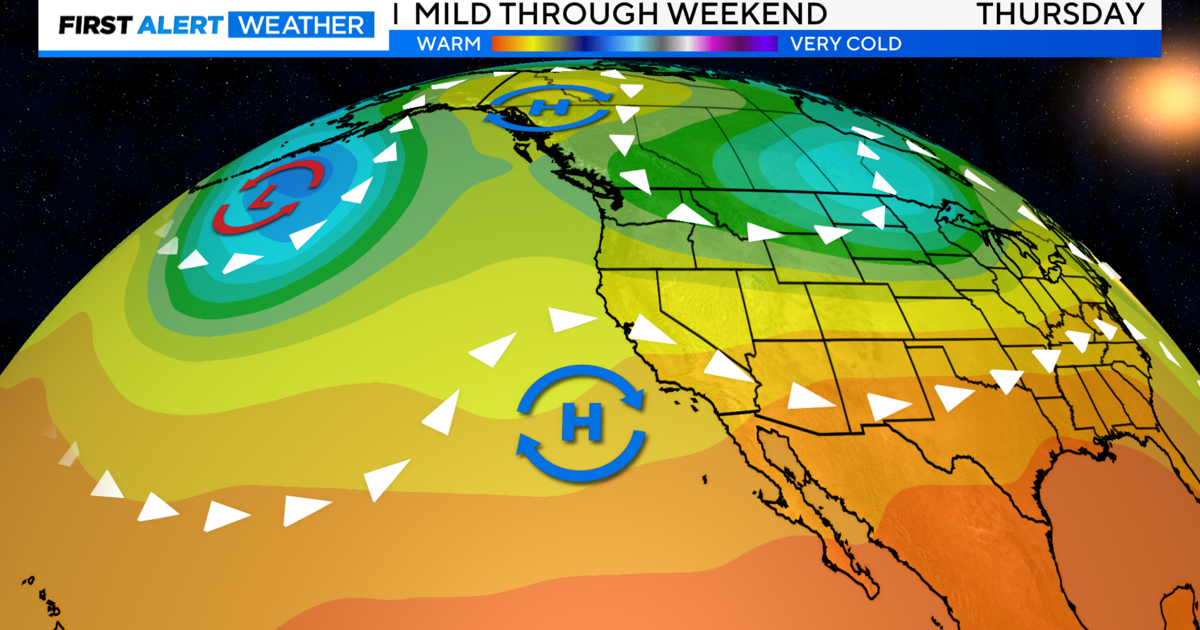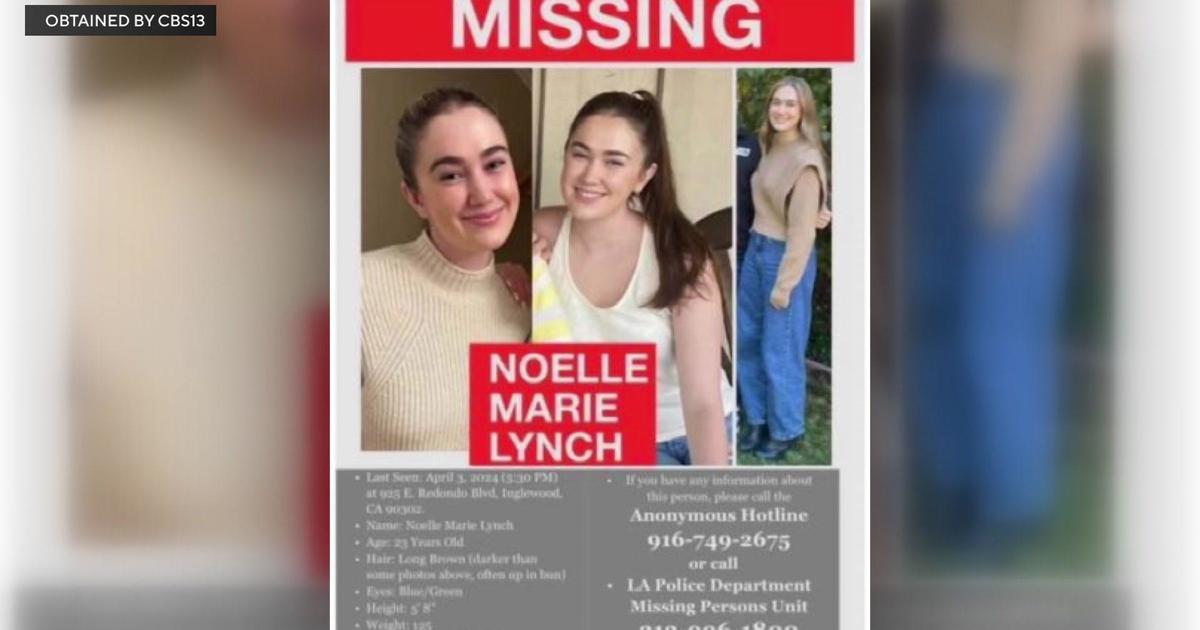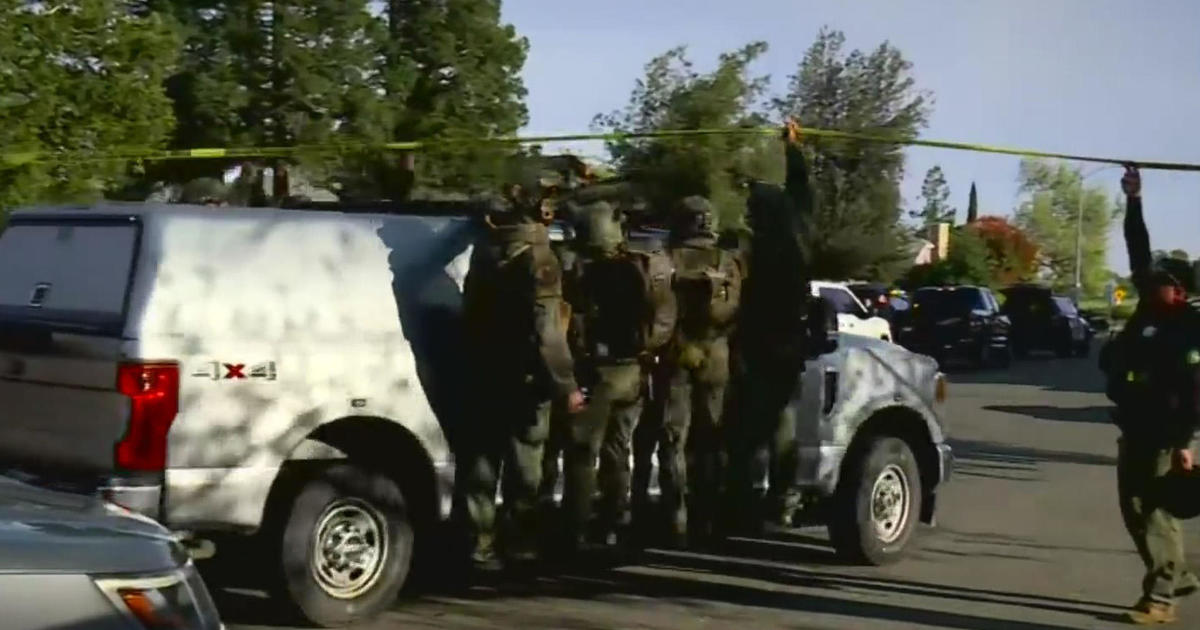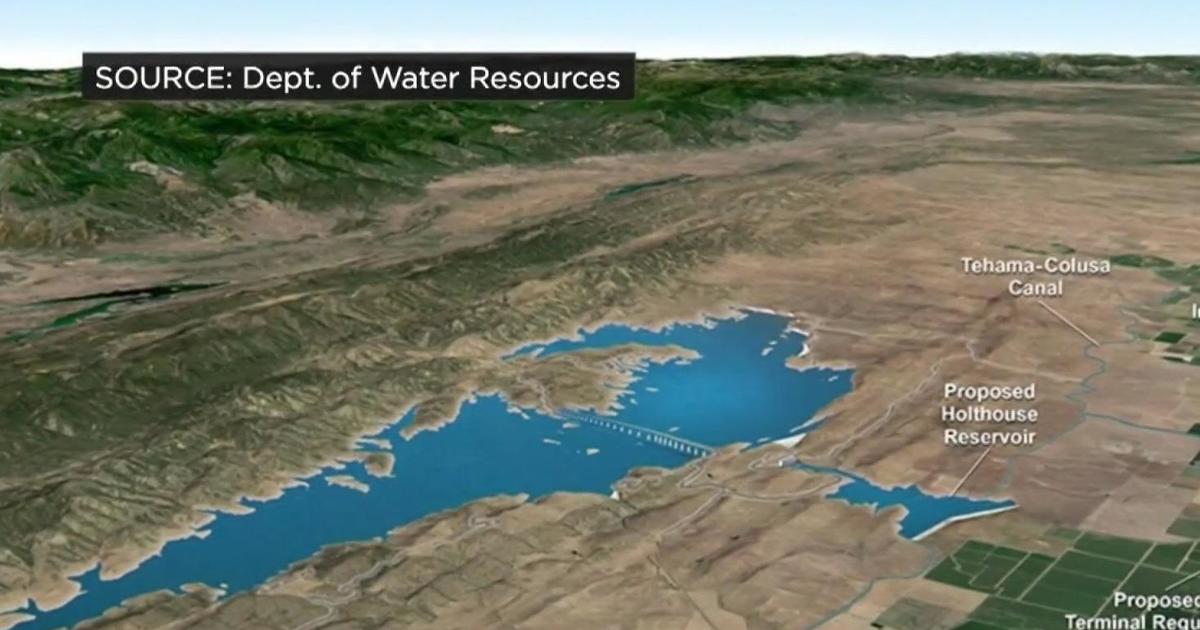Newsom's Mandate To Sell Only Zero-Emissions Vehicles By 2035 Isn't As Crazy As Critics Think
(CNN/CBS13) -- Last week, Governor Gavin Newson signed an executive order saying that all new passenger cars and trucks sold in California must be emission-free by 2035.
The new mandate doesn't necessarily mean that California car dealers would, literally, sell nothing but fully electric or hydrogen-powered vehicles 15 years from now, several experts say.
That is the goal, though. And it's not entirely out of the question, said Nick Albanese, a researcher with Bloomberg New Energy Finance.
"I think California's target is ambitious, but feasible," he wrote in an email. "Even before this announcement, we forecast passenger EVs to account for 52% of total US passenger vehicle sales in 2035 and 61% in 2040."
Of course, there are many hurdles to overcome on the road to an emission-free auto market, including a widely available charging infrastructure, affordability, and lots of legal fine points.
With 15 years until the mandate goes into effect, there's plenty of time for negotiation, and we will likely see Newsom's goal softened or the deadline extended, said Chelsea Sexton, an analyst who covers the electric vehicle market.
"It will take a few years, literally, for this headline to be clarified," she said.
Can California legally do this?
The federal government's Environmental Protection Agency has already publicly challenged Newsom on whether the order is even legal.
California has long had serious air quality issues. In fact, it has been regulating emissions since before the EPA existed — the California Air Resources Board was established in 1967 and the EPA in 1970. Given that history, the state has repeatedly been granted waivers by the federal government allowing it to establish its own, generally stricter, air quality and auto emissions rules. One study found that these more stringent regulations led to a 20% decline in childhood asthma rates from 1993 to 2006.
Fourteen other states also follow California's lead on auto emissions standards.
The Trump administration, however, has challenged California's waivers in court, saying that only the EPA should be able to regulate auto emissions. Lawsuits over the EPA's authority are still being reviewed in court. If the Trump administration continues into a second term and the EPA ultimately prevails, it could be difficult, or even impossible, for Newsom's ambitious plan to be carried out.
So, for starters, Newsom's goal of shifting all new vehicle sales in the state to so-called "zero-emissions" vehicles by 2035 requires one of two things to happen: either California has to win in court or Trump has to lose in the November presidential elections.
"If [Democratic candidate Joe] Biden is elected, the litigation is unlikely to proceed and California will find itself with a federal administration that's much friendlier to the concept of granting a waiver for this kind of program," said Julia Stein, an attorney focusing on environmental law at the University of California, Los Angeles.
California already has rules requiring that an increasing percentage of cars sold in the state be "zero emissions vehicles," or ZEVs, over the coming years. Newsom's order, which provides an end-point goal of 100% by 2035 is really "a version of our current ZEV mandate on steroids, basically," said UCLA's Stein.
Current regulations, which rely on a complex system of credits automakers can earn and even trade for selling less polluting vehicles, call for major automakers to have roughly 22% of their sales be zero emission by 2025.
Border issues
The phrase "sold in the State" in Newsom's mandate is another sticking point, especially for California-based car dealers. The order doesn't say California residents couldn't travel to, say, Nevada, to purchase a new car and drive it home from there.
"If I can just drive to Tahoe, cross the border and buy the truck or SUV that I want, the mandate that the governor's asking [the California Air Resources Board] to develop isn't going to be very effective," said Brian Maas, president of the California New Car Dealers Association.
Not all car dealers are against the order. Executives of Galpin Motors, a Los Angeles area dealership group that sells cars from a number of different brands and which includes the world's top-selling Ford dealership, have come out publicly in support of Newsom's plan.
"It wasn't that long ago here in the San Fernando Valley where you couldn't see across it because of the smog," said Jeff Skobin, chief operating officer at Galpin Motors. "So we're in favor of anything that betters our community and betters the living conditions of our people."
Among the brands Galpin sells are Volkswagen, Porsche and Honda, which offer electric vehicles or will soon, but it also sells other brands that don't. Another benefit of Newsom's order, Skobin said, is that it could spur more automakers to get serious about bringing EVs to market.
Charging ahead
The affordability of electric vehicles has been raised as another issue. But EVs should be competitive in purchase price with gasoline-powered vehicles within the next few years, said Albanese of Bloomberg New Energy Finance.
"[O]ur modeling indicates that upfront price parity between passenger EVs and passenger internal combustion engine vehicles could be reached in 2022 and in the large vehicle and SUV segments in 2024," he said.
The biggest challenge with electric cars is just getting people to try them, said Jonathan Levy, senior vice president for business development at EVgo, a company that operates a network of electric car chargers.
"I don't know very many EV recidivists because once you've gone electric, it's amazing. It's a better way to drive. You want to keep doing it," he said. "But you have to get butts in seats."
Besides questions about the availability and attractiveness of vehicles on the market by 2035, there are also questions about the readiness of charging stations.
"We need to make sure that the infrastructure is supportive of what it will take to bring us to 100% [zero emissions vehicles]," said Maas.
Privately owned electric vehicles are charged at home most of the time, but for people to feel comfortable buying an EV they need to feel they can take long trips whenever they like and be able to charge on the road. At a minimum, that requires a network of so-called fast chargers, where electric cars can charge up to 80% of their total range in, usually, 20 to 40 minutes. Even quicker chargers are promised in the next few years by various companies.
Then there's the challenge of urban car buyers. People living in cities often don't own their homes and can't just decide to have an electric car charger installed. Or they may not have a private driveway or parking space in which to charge an EV.
One solution is the installation of fast chargers in urban areas where homeowners can quickly and conveniently keep their cars charged up. Levy boasts that 80% of California residents are within a 15-minute drive of one of his companies chargers.
California already has a far higher percentage of electric cars being sold than any other state in the nation, meaning there's already high demand on chargers as it is. A 2018 study for the California Energy Commission projected the state would need 9,000 to 25,000 fast chargers by 2025. That's at least twice as many fast chargers than there are in California today, according to the US Department of Energy EV online charger maps.
Based on Newsom's order, Levy said EVgo will have to double its current growth plan for its charger network in California. The company currently has about 300 fast chargers in the state and currently drivers aren't typically experiencing long wait times for chargers he said.
Can the grid support it?
Critics of California's zero emissions vehicle push claim California's electrical grid isn't up to the demand spikes that would be caused by lots of people charging electric cars at home.
"California's record of rolling blackouts — unprecedented in size and scope — coupled with recent requests to neighboring states for power begs the question of how you expect to run an electric car fleet that will come with significant increases in electricity demand, when you can't even keep the lights on today," EPA secretary Andrew Wheeler wrote in a letter to Newsom a few days after the executive order.
It's a legitimate question, but studies have shown the problem isn't necessarily as big as all that. A 2019 study by the US Department of Energy indicated that, even with rapid EV adoption, the electricity supply nationwide could cope with increased demand from electric cars. That's because the nation's power supply has been growing even while overall demand for electricity has largely stayed the same.
In California, a study by Pamela MacDougall, senior manager of power grid modernization for the Environmental Defense Fund, working with Lawrence Berkeley National Labs and Pacific Gas & Electric, looked at what would happen if, say, every household in a northern California town had an electric car.
They found that car charging couldn't be haphazard or else there would be unmanageable spikes in power demand. The best answer to that problem is simply to nudge people away from charging their cars as soon as they get home from work, MacDougall said. Instead, people should be encouraged to charge later when power demand is lower. That's not hard because many electric cars have charging timers that can be set so that charging begins at off-peak times. Even if as few 30% of drivers waited for off-peak hours, that alone would resolve most power issues without extra capacity being needed, she said.
In fact, rather than adding to peak power loads, electric cars can help take pressure off the grid during demand spikes, MacDougall said. A plugged-in electric car or truck is, after all, a large battery hooked up to the power grid. When demand in an area rises, EVs can feed power back into the grid relieving some of the demand on generating stations.
"All vehicles that I know of, aside from maybe a couple of previous models from, like, 10 years ago, have these kind of capabilities," she said. "And they've been proven in a number of pilots already."
And filling cars up with electricity rather than gasoline, California will be helping to clean up that famous smog.
"California's got a really clean power grid compared to the national average and certain different pockets of the country," said Sexton. "And there are overall regulations to continue to make that cleaner as well."
The-CNN-Wire
™ & © 2020 Cable News Network, Inc., a WarnerMedia Company. All rights reserved.



